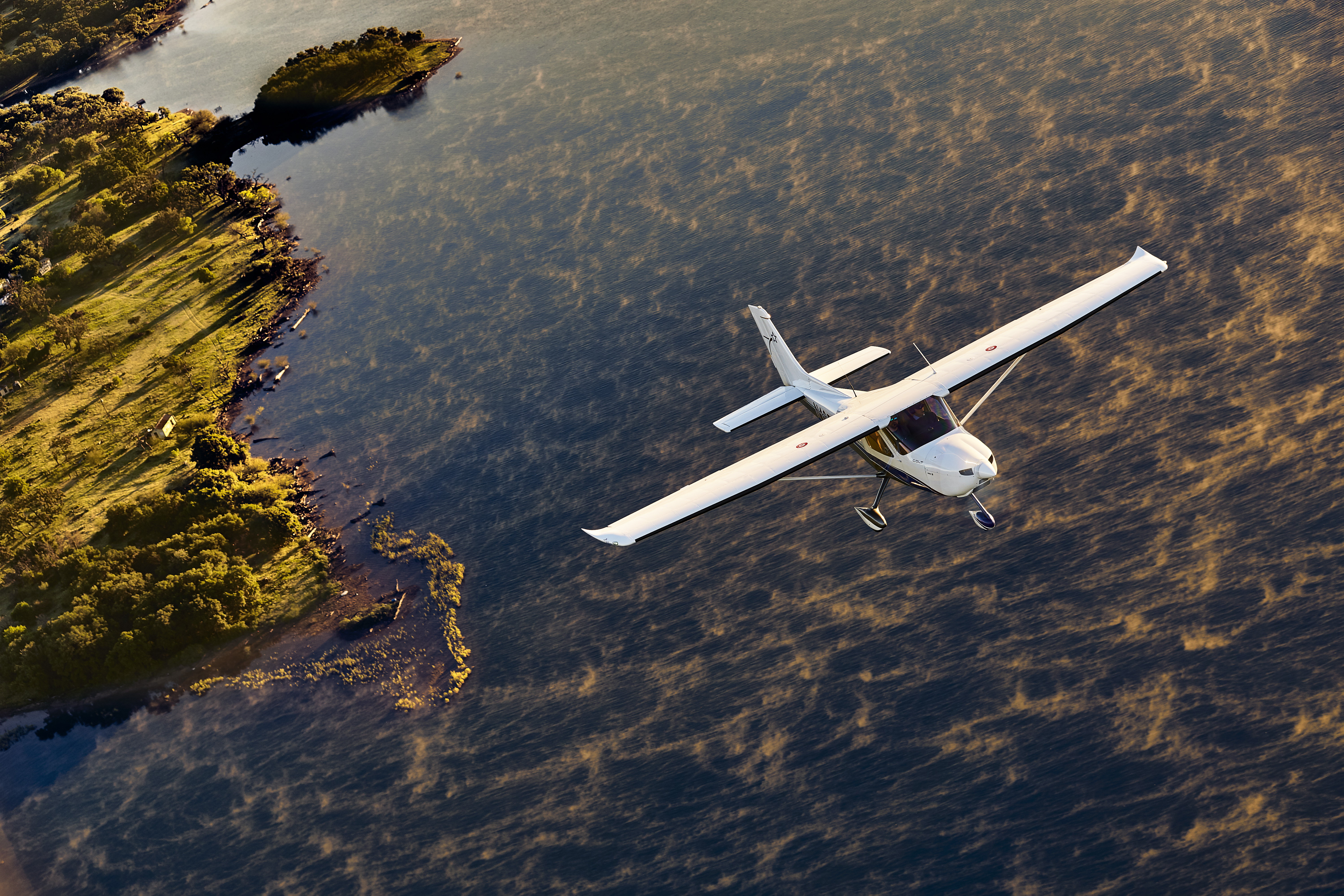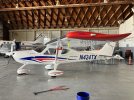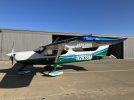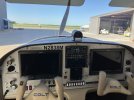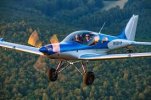I've flown a lot of LSA aircraft. These immediately come to mind.
Tecnam P-92, Remos, Seamax, Searey, SportCruiser, Arion LS1, J3, PA-11, PA-12, PA-17, Taylorcraft BC12D, Aeronca 7AC, Aeronca Chief, Luscombe, Ercoupe..
These are all fine airplanes.
I would buy a Tecnam. They fly well, I've done some serious crosswind work in the 92 and they are comfortable. I think all the various models have 5+ hours at 105 kts cruise.
The Seamax is my choice over the Searey. Both carry 4+ hours of fuel, at 105 kts cruise.
I like the Sport Cruiser, but it was a little pitch sensitive. Took about 30 minutes to get over it. 4+ hours at, tada. 105 kts cruise.
Remos is nice, but in a hard slip the tail stalls.4+ hours on board. Meh.
What's not to like about an Ercoupe? It's a solid airplane with or without rudder pedals. (I prefer with). My wife wants me to buy one, because they are cute. yeah.
I love me a taildragger. But all the draggers I listed come with 12-13 gallon tanks. Very limited range, very slow 85 mph cruise speed. But So Much Fun.
We've all heard the horror stories about the Luscombe. If the gear is straight, and many of them aren't, they are much tamer. I almost bought one, but my wife nixed it. No handy place to put her purse. yeah. Faster than the rest of that era.
Taylorcraft. A lovely airplane, especially with the C-85.
I owned the PA-17. 12 gallons usable, would do 100 mph flat out. Cruised at 85 mph, Maybe it was just my plane (only ever flew the one I owned) It was so loud that at full throttle you couldn't crank the radio up high enough to hear if the tower was calling you. And I didn't dare spin it like all the other Pipers.
The Aeronca Chief I flew was the easiest airplane to fly and to land of any taildragger I have ever flown. Set your approach speed, set your pitch and try to figure out if it's on the ground.
My absolute favorite of all of them is the Arion LS1. OMG.
Flies like it's on rails, fast (faster than it should be) Vne of over 180 kts. Be aware! This is a fast, slippery airplane. Slowing it down to land requires a lot of attention.
JMHO.
I hope this helps.


